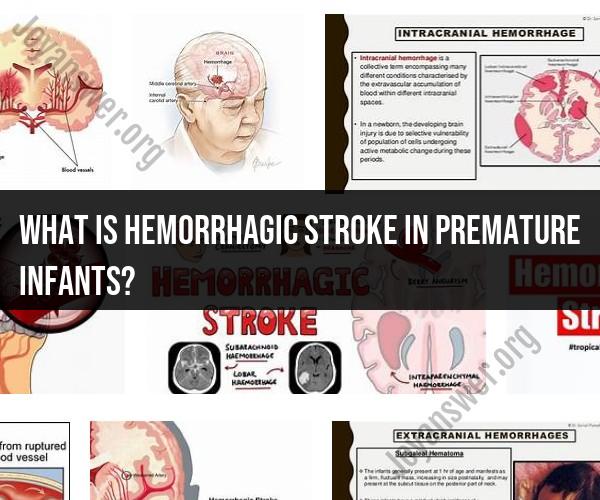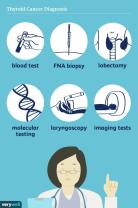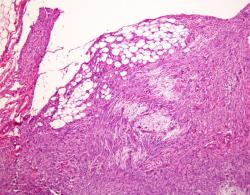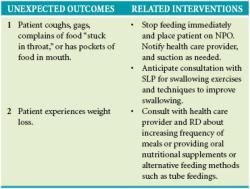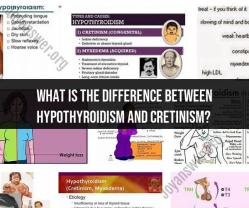What is hemorrhagic stroke in premature infants?
A hemorrhagic stroke in premature infants, also known as an intraventricular hemorrhage (IVH), is a serious medical condition characterized by bleeding into the brain's ventricles or the surrounding brain tissue. This condition primarily affects premature infants, particularly those born before 32 weeks of gestation.
Here's a breakdown of what hemorrhagic stroke in premature infants entails:
Causes: Hemorrhagic strokes in premature infants are often linked to the underdeveloped blood vessels in the brain. The fragile blood vessels in the premature infant's brain are more susceptible to bleeding. Other contributing factors can include fluctuations in blood pressure, respiratory distress syndrome, and the use of certain medical interventions and treatments in the neonatal intensive care unit (NICU).
Types: There are different grades or stages of IVH, ranging from mild to severe, based on the extent of bleeding and its impact on the infant's brain. Grade I is the mildest, while Grade IV is the most severe and can result in significant neurological problems.
Symptoms: In premature infants, symptoms of IVH may not be immediately obvious. Signs can include changes in the baby's behavior, such as lethargy, irritability, poor feeding, and seizures. In some cases, a head ultrasound or other imaging tests may be used to diagnose IVH.
Complications: Hemorrhagic strokes in premature infants can have serious consequences. The bleeding can disrupt the normal flow of cerebrospinal fluid, leading to hydrocephalus (an accumulation of fluid in the brain), which may require surgical intervention. Long-term complications can include developmental delays, cerebral palsy, intellectual disabilities, and other neurological issues.
Treatment: Treatment for IVH may involve close monitoring, supportive care in the NICU, and interventions to manage complications like hydrocephalus. In some cases, surgery may be necessary to address severe bleeding or hydrocephalus.
Prevention of hemorrhagic strokes in premature infants primarily focuses on reducing risk factors associated with premature birth. Prenatal care, efforts to prolong gestation, and interventions to manage the infant's condition in the NICU can all contribute to reducing the risk of IVH.
It's essential for parents of premature infants to work closely with healthcare providers to monitor their child's health and receive appropriate care and interventions if IVH or other medical issues arise. Early detection and intervention can make a significant difference in the outcomes for premature infants who experience a hemorrhagic stroke.
